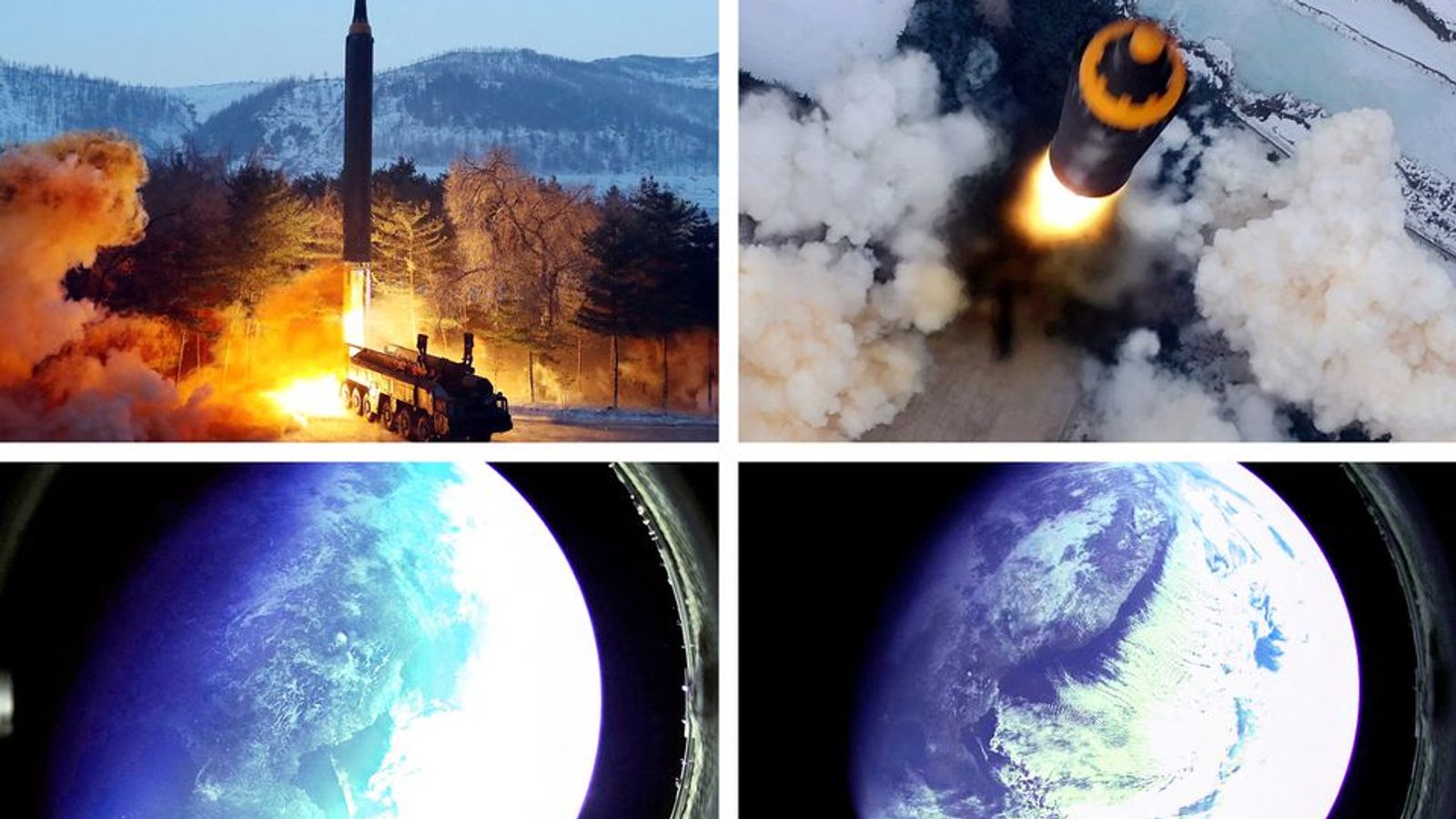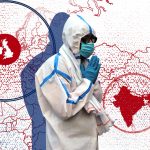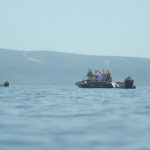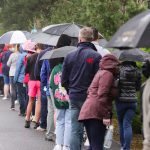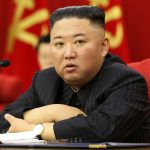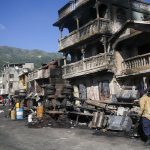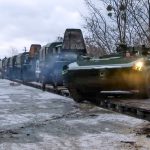North Korea has confirmed it has launched a ballistic missile and released photos it claims were taken from space during the weapon’s test.
The launch of the Hwasong-12 intermediate-range ballistic missile (IRBM) was first reported by South Korean and Japanese authorities.
North Korea’s state news agency KCNA released a set of images showing both the launch of the missile and photos of Earth it says were taken from a camera installed on the missile’s warhead.
It was the seventh test conducted by North Korea this month and the first time a nuclear-capable missile of that size has been launched since 2017.
North Korea has previously said the Hwasong-12 can carry a “large-size heavy nuclear warhead”, and analysts estimate it has a range of 2,800 miles (4,500km).
Sunday’s test “confirmed the accuracy, safety, and operational effectiveness of the produced Hwasong-12 type weapon system”, North Korean state news agency KCNA reported.
State media coverage of the launch made no mention of the United States, and leader Kim Jong Un was not reported to have attended.
North Korea launches suspected ballistic missile in seventh test this month
North Korea carries out ‘successful test’ of hypersonic missile in launch attended by Kim Jong Un, state media reports
North Korea reveals it tested ‘hypersonic missile’ that travels ‘five times faster than speed of sound’
North Korean officials said this month the tests are for self defence and not targeted at any specific country.
However, the range of the missile is sufficient to reach Guam, home to US military bases that in past times of tensions sent advanced warplanes to the Korean Peninsula in shows of force.
In August 2017, at the height of animosities with the then-Trump administration, North Korea threatened to make “an enveloping fire” near Gaum with Hwasong-12 missiles.
The US is concerned North Korea’s escalating missile tests could be precursors to resumed tests of nuclear weapons and intercontinental ballistic missiles (ICBMs) and vowed an unspecified response “designed to show our commitment to our allies”, a senior US official told Reuters reporters in Washington.
Some experts say North Korea’s recent testing spree is meant to win sanction relief or international recognition as a legitimate nuclear state.
North Korea has said it is open to diplomacy, but that Washington’s overtures are undermined by its support for sanctions and joint military drills and arms build-ups in South Korea and the region.
Amid a flurry of diplomacy in 2018, including summits with Donald Trump, Mr Kim declared his nuclear force complete and said he would suspend nuclear testing and launches of the country’s longest-range missiles.
He said he was no longer bound by that moratorium after talks stalled in 2019, and North Korea suggested this month it could restart those testing activities because the US had shown no sign of dropping its “hostile policies”.
It is unclear if IRBMs such as the Hwasong-12 were included in Mr Kim’s moratorium, but none had been tested since 2017.
South Korean Defence Minister Suh Wook visited his country’s Army Missile Command on Monday to check its readiness in the face of the North Korean launches, the ministry said in a statement.
“North Korea’s series of missile test-fires, including intermediate-range ballistic missiles, pose a direct and serious threat to us and a grave challenge to international peace and stability,” Suh said after being briefed. “We will maintain a full military readiness posture that can respond immediately to any situation.”
